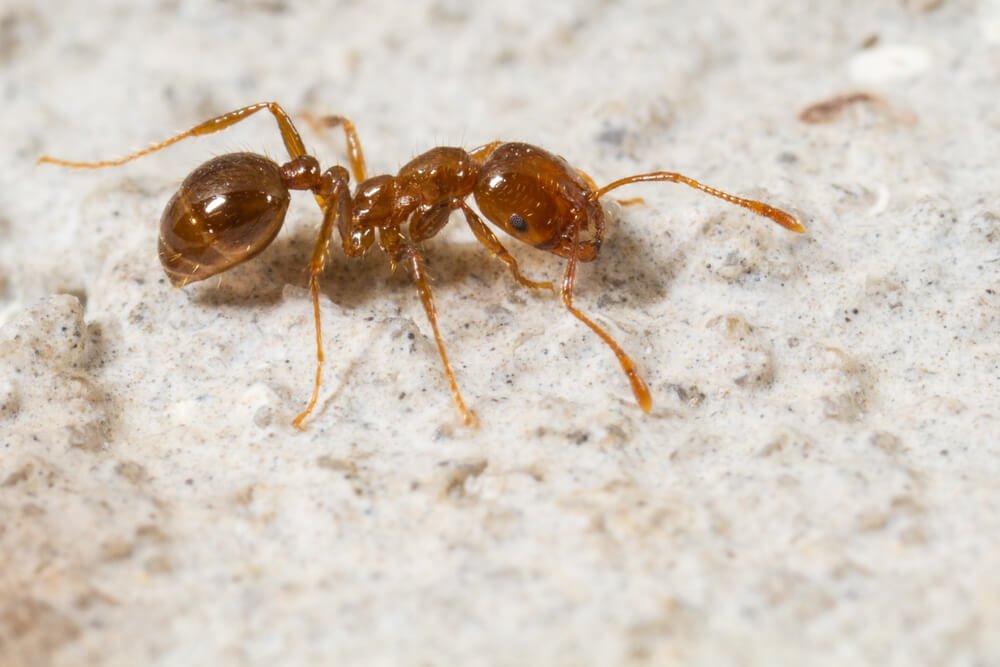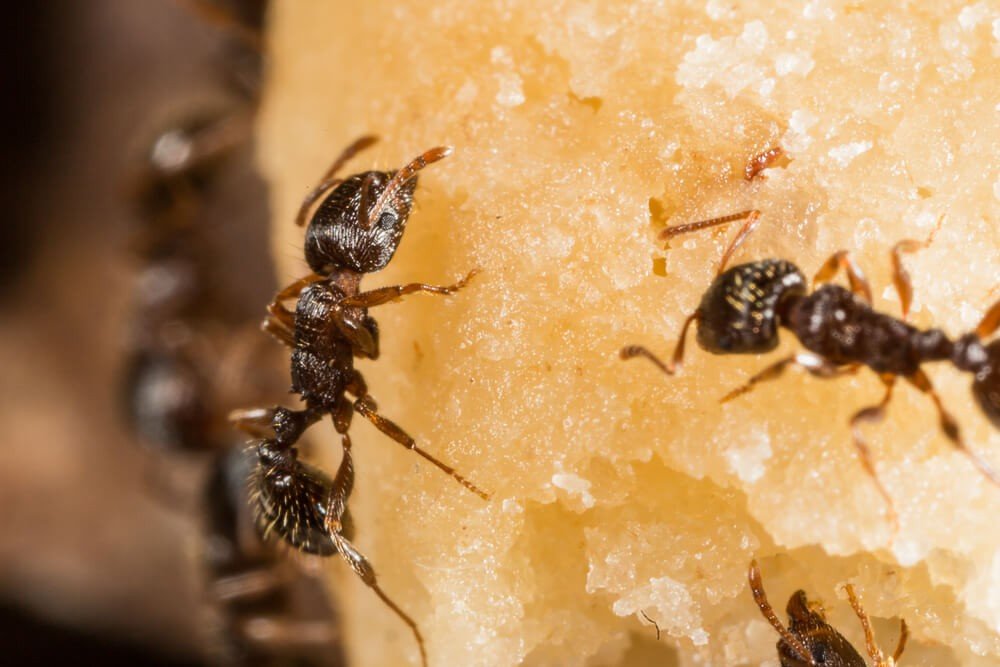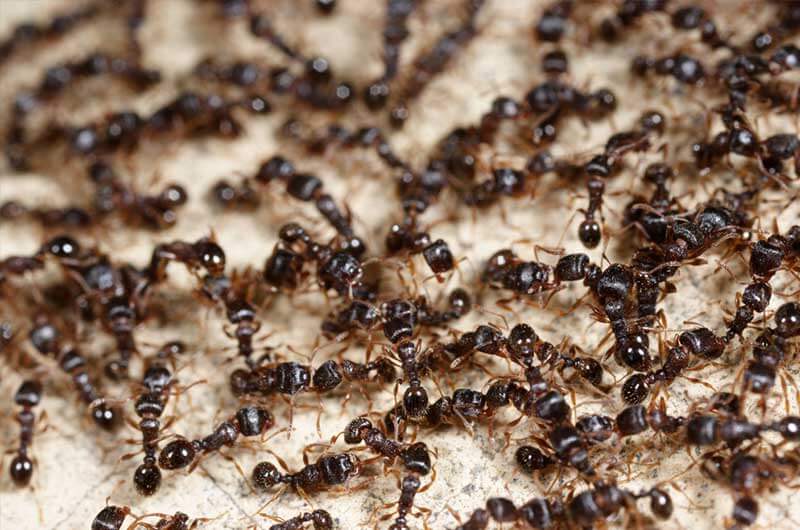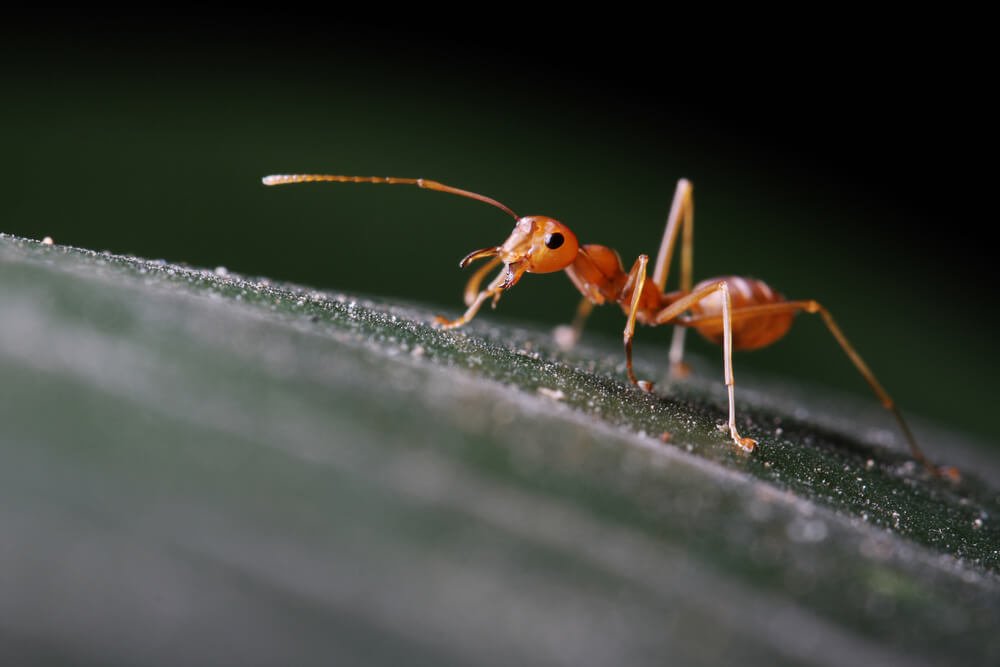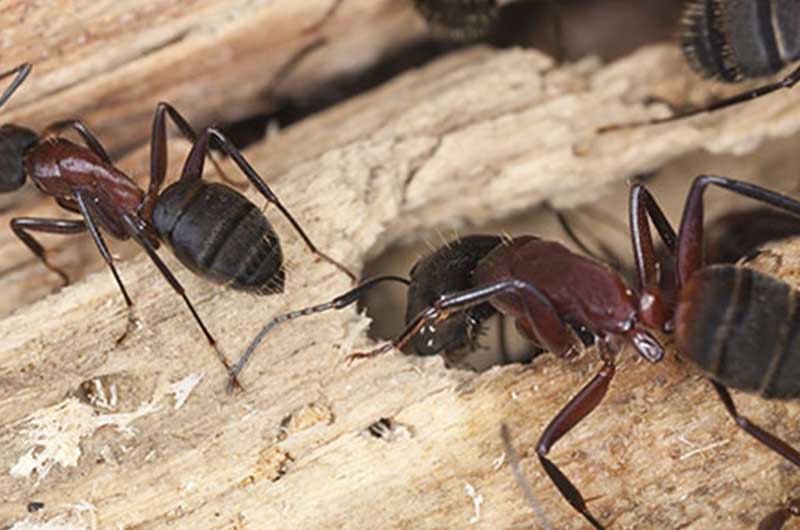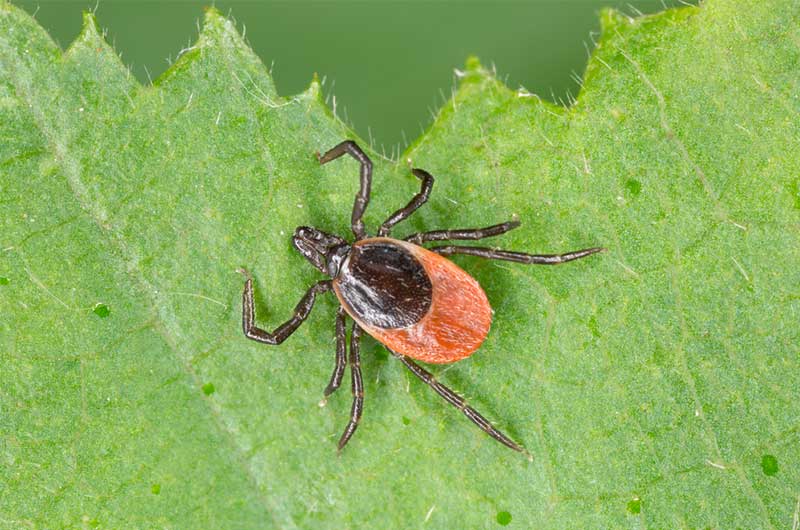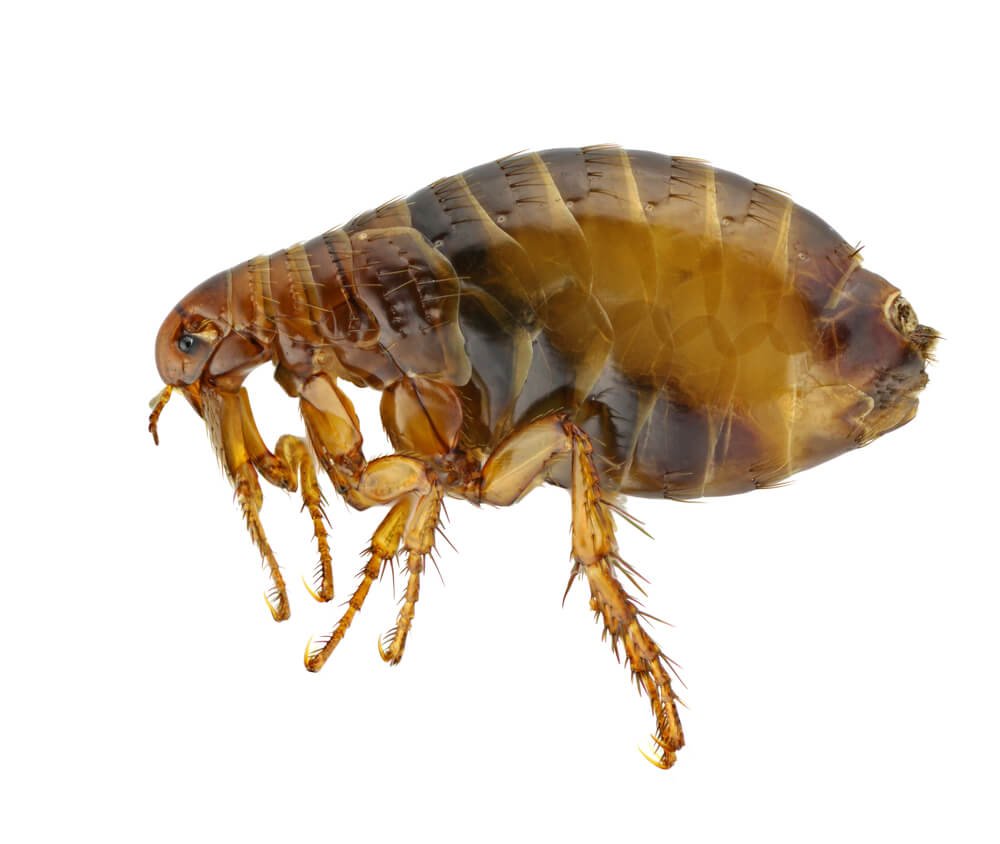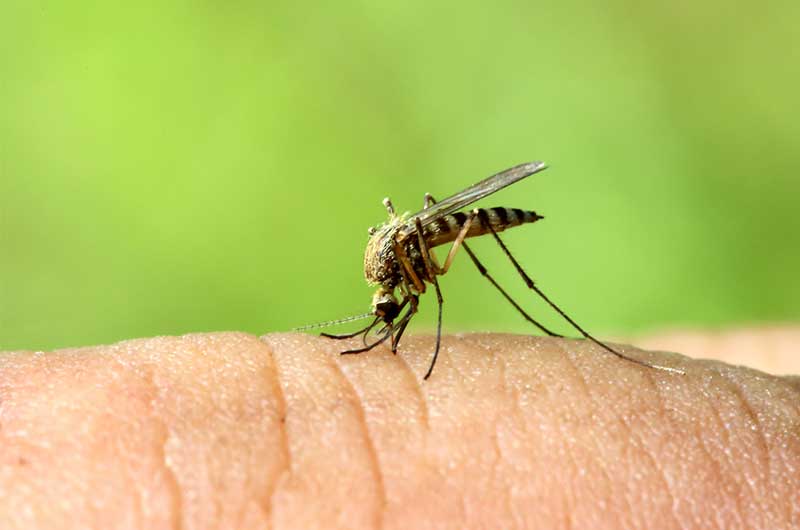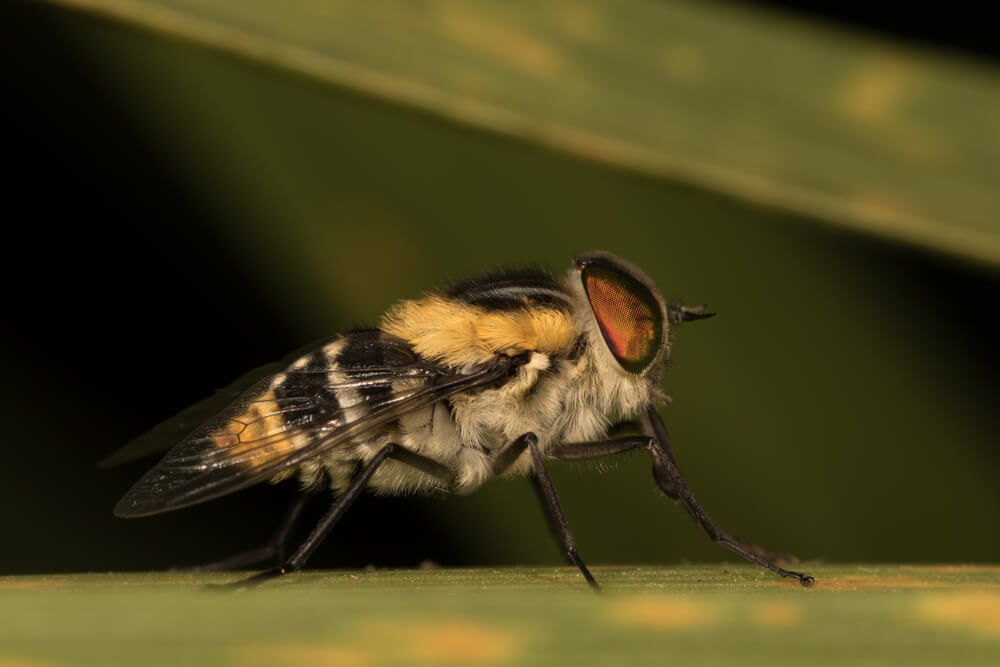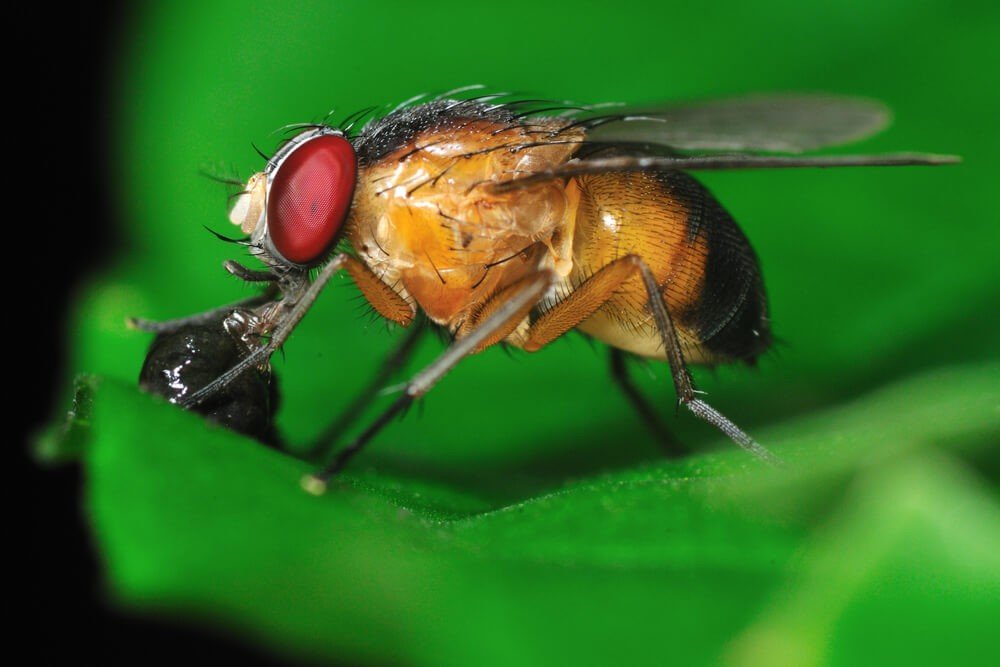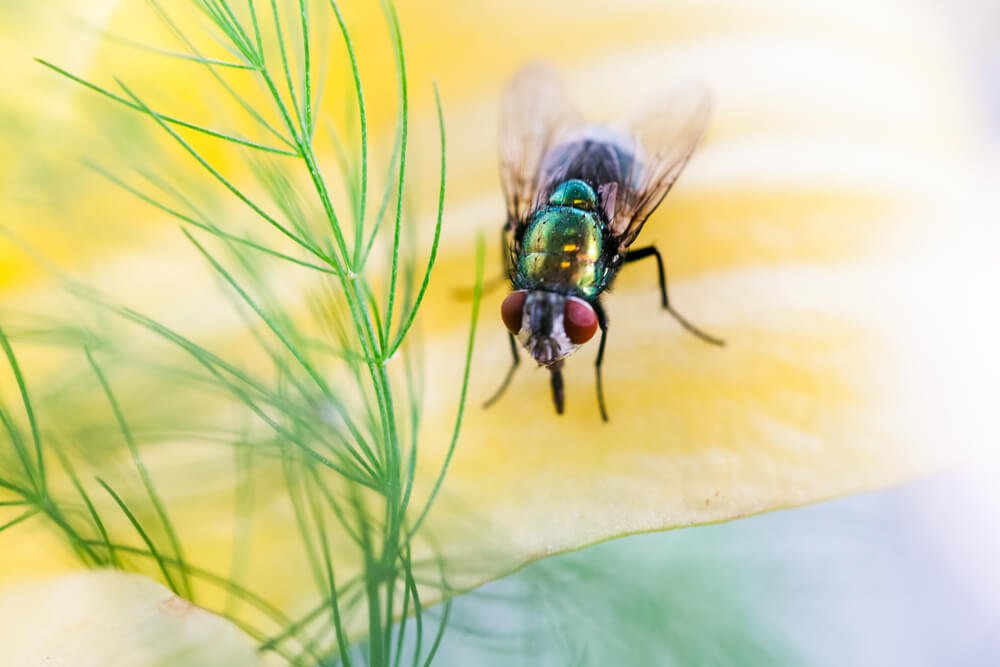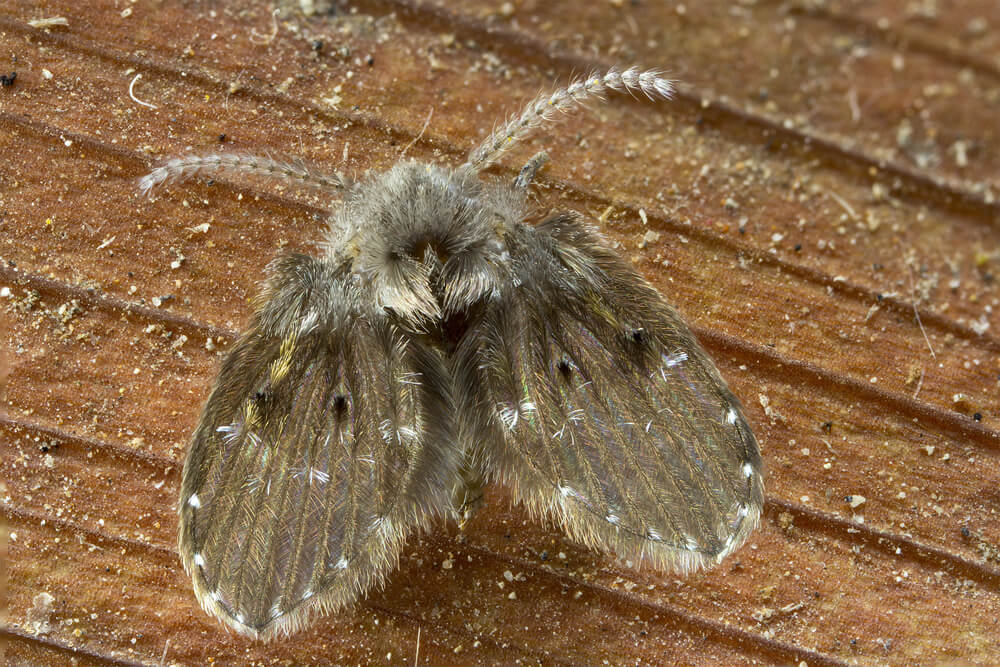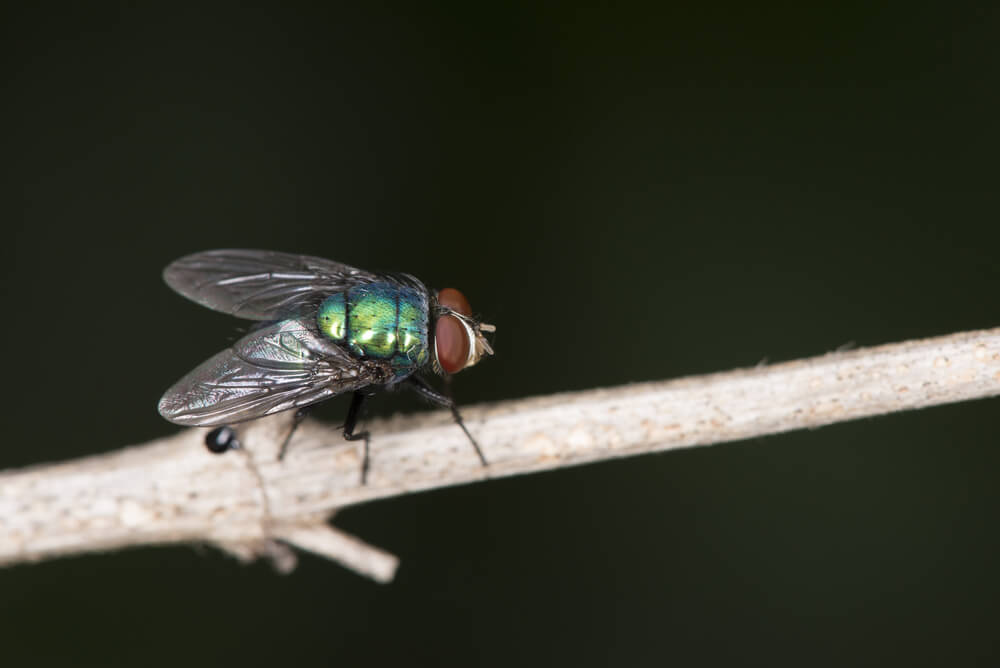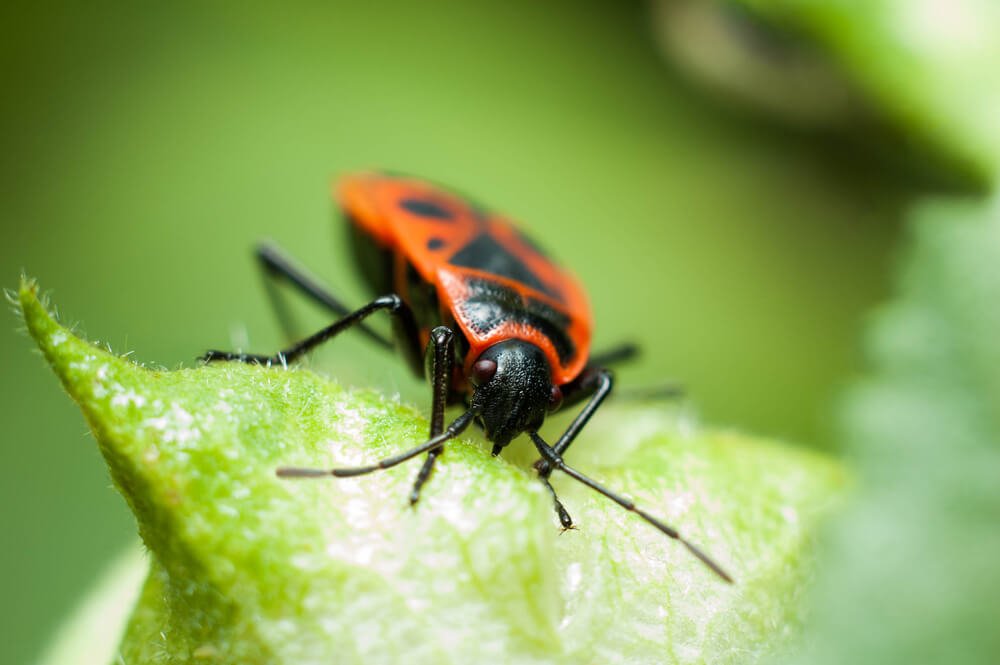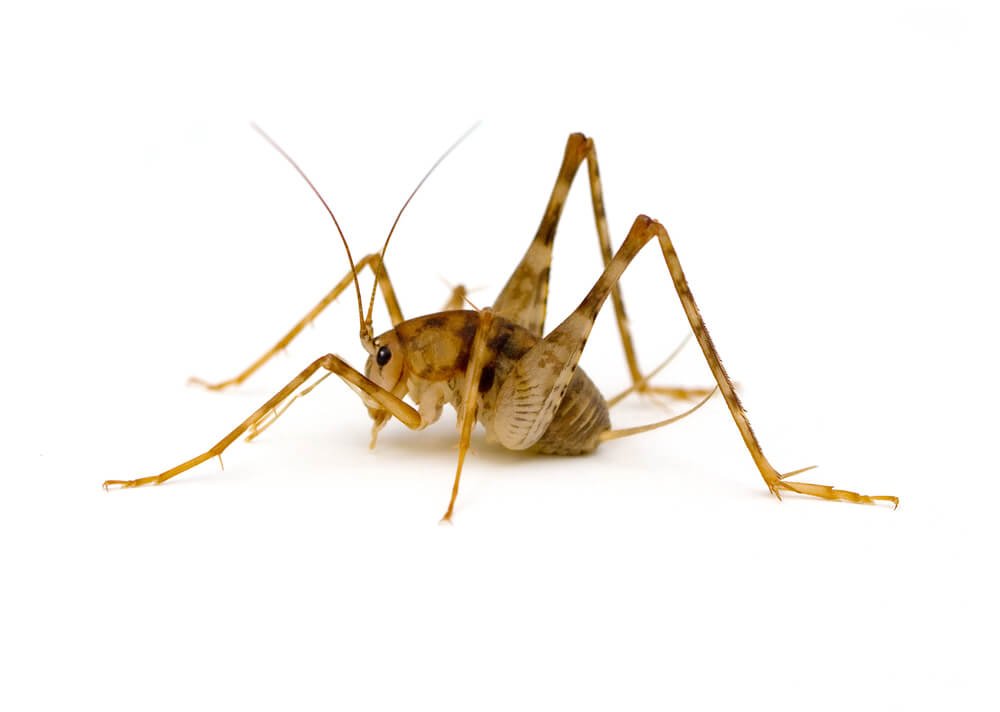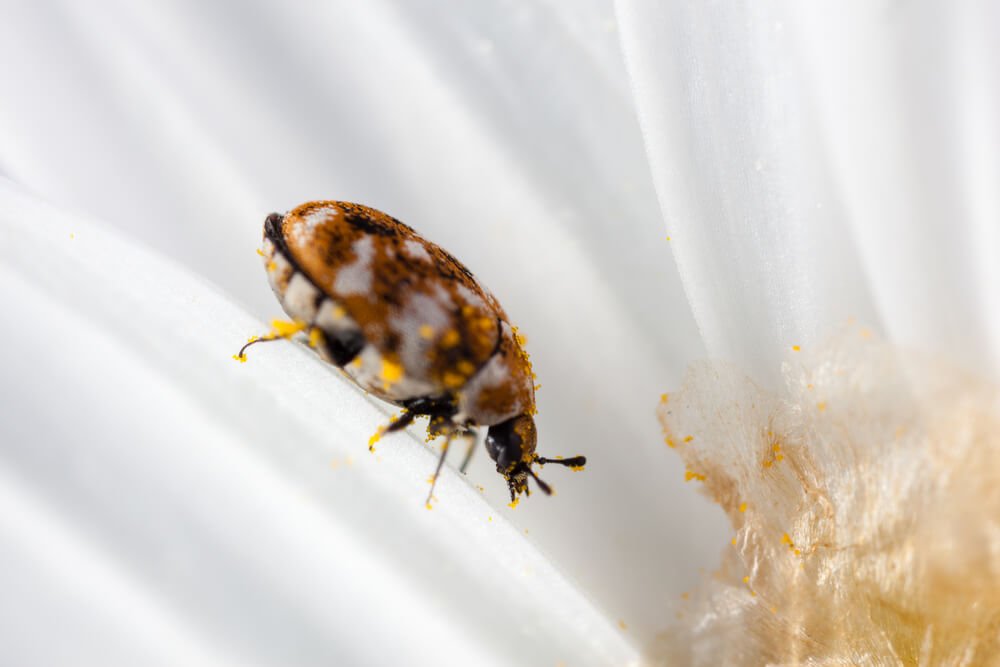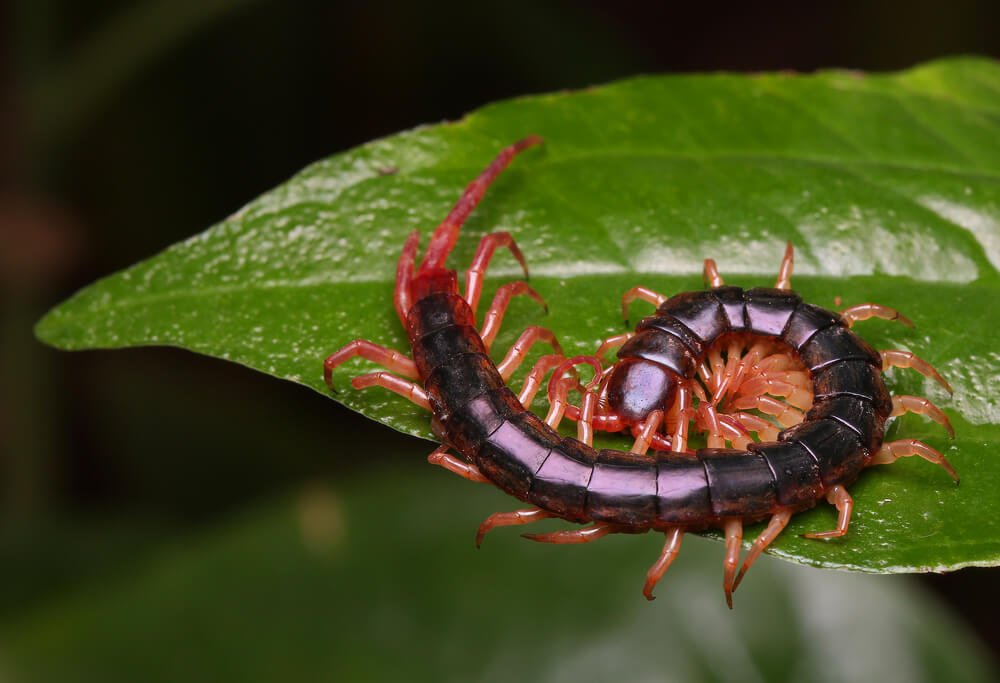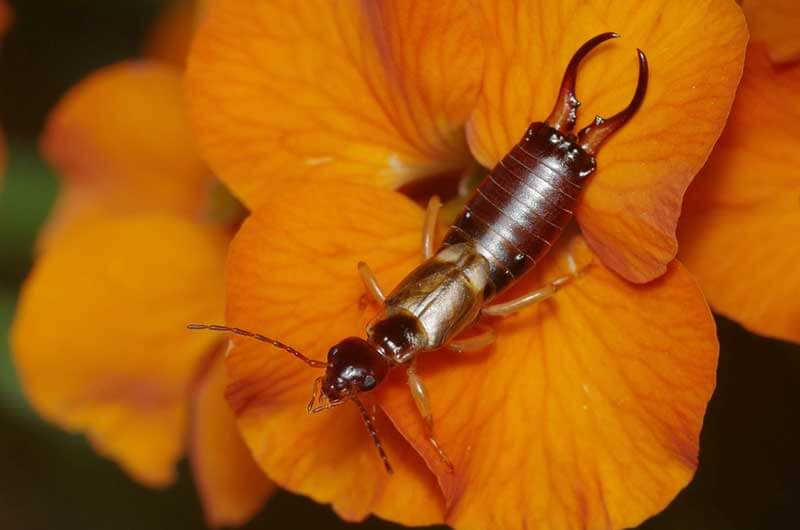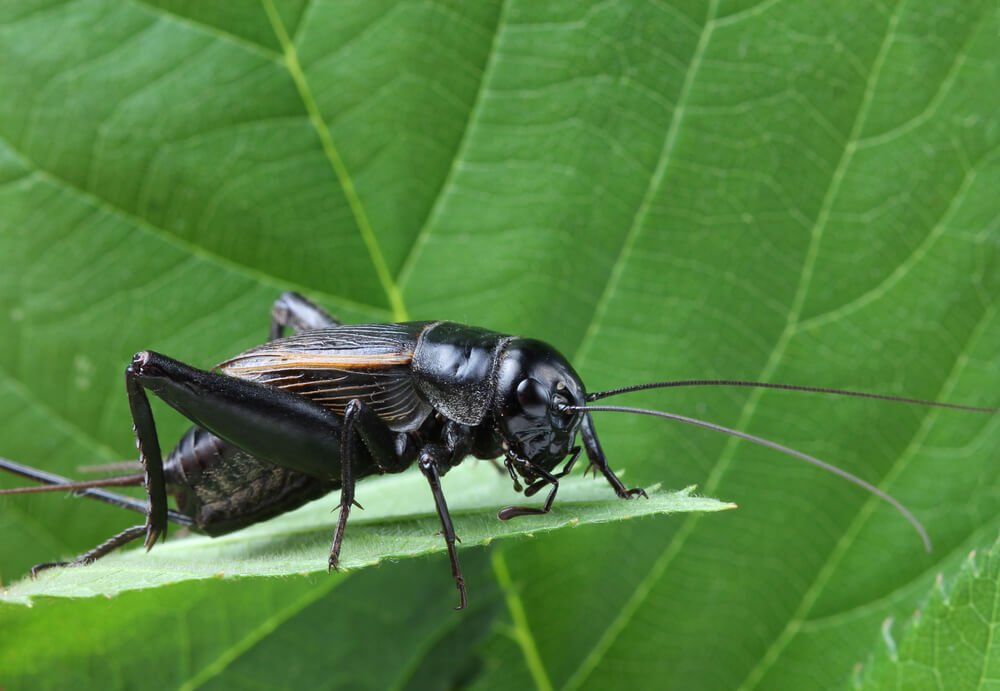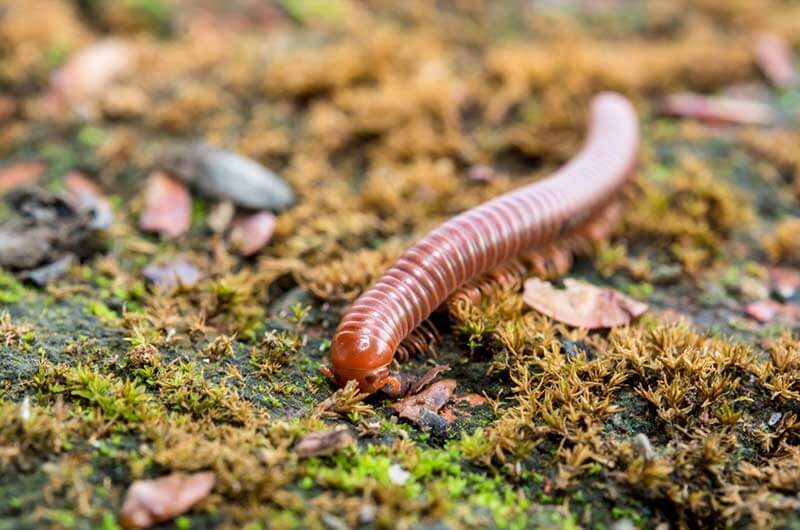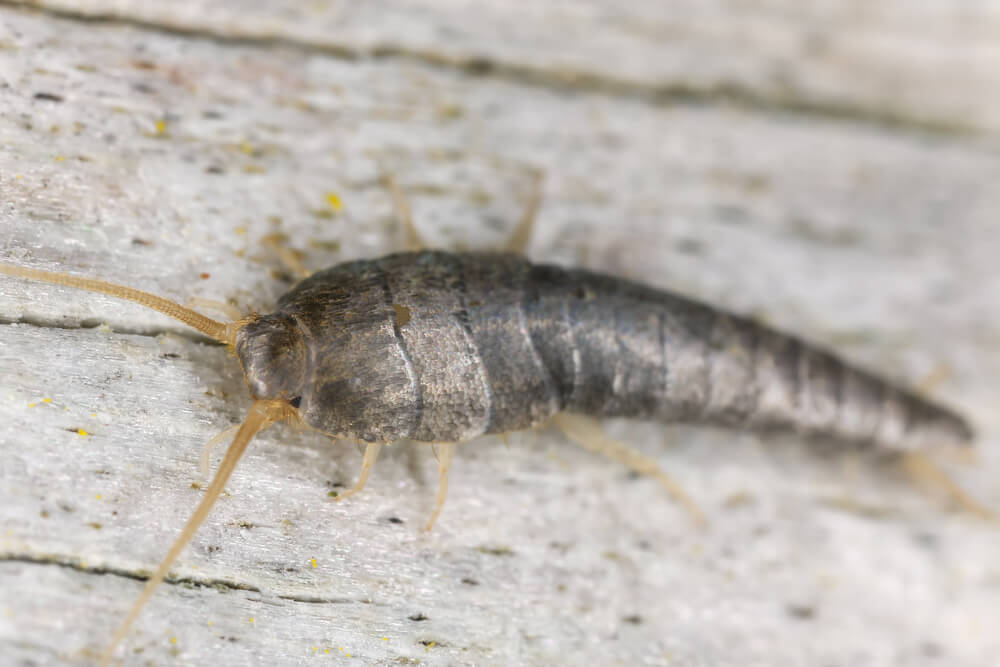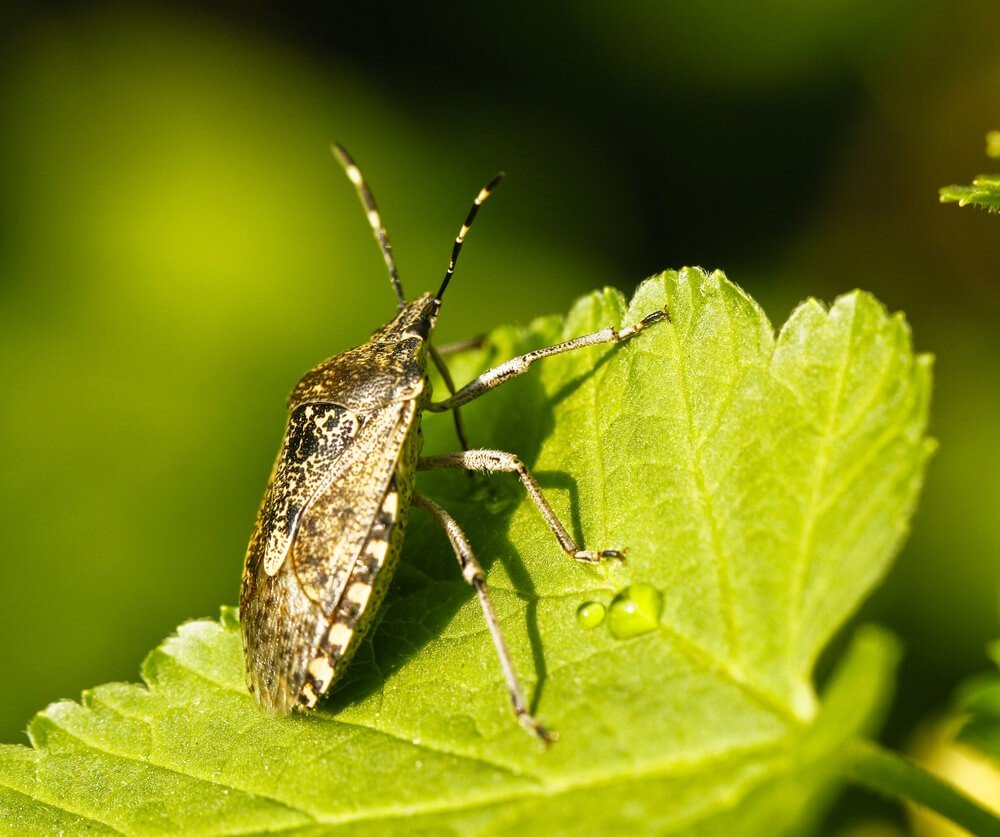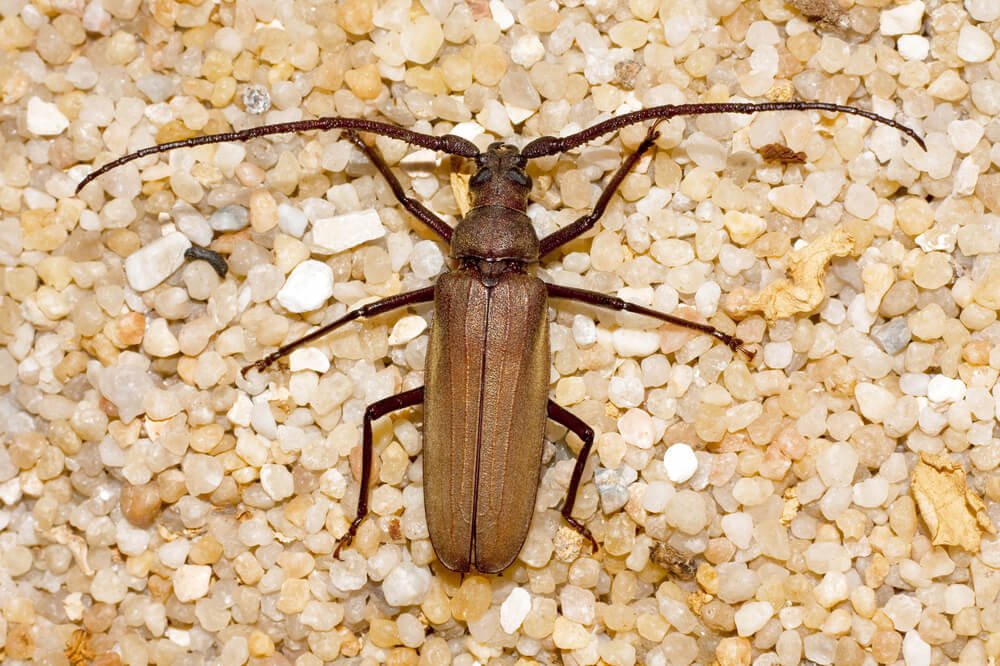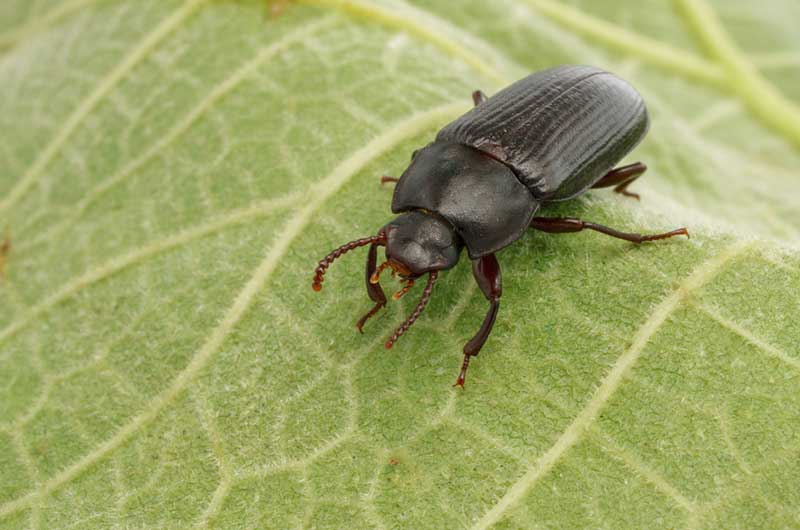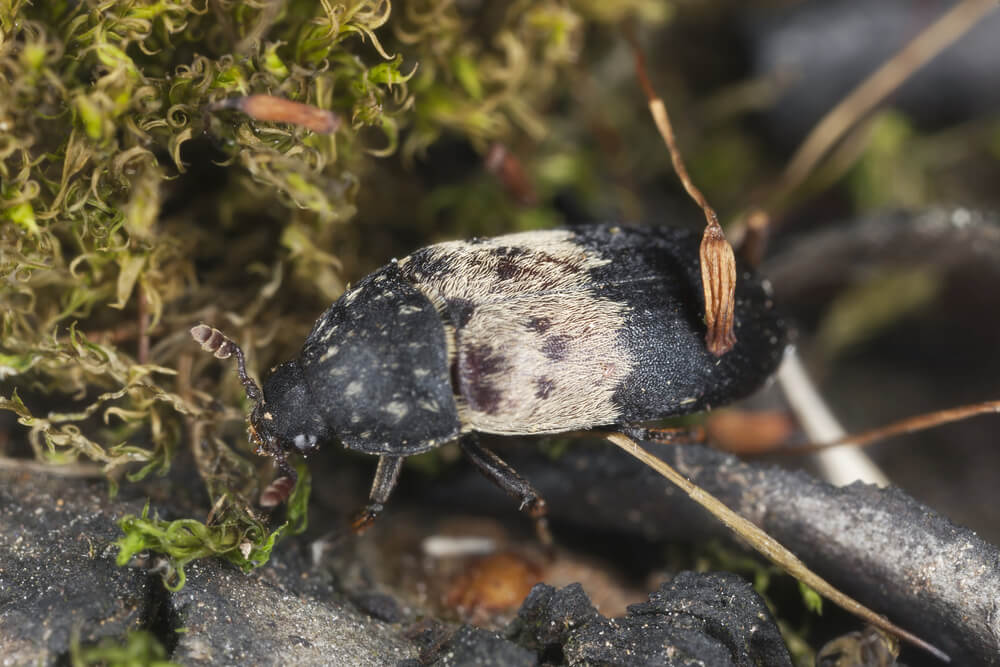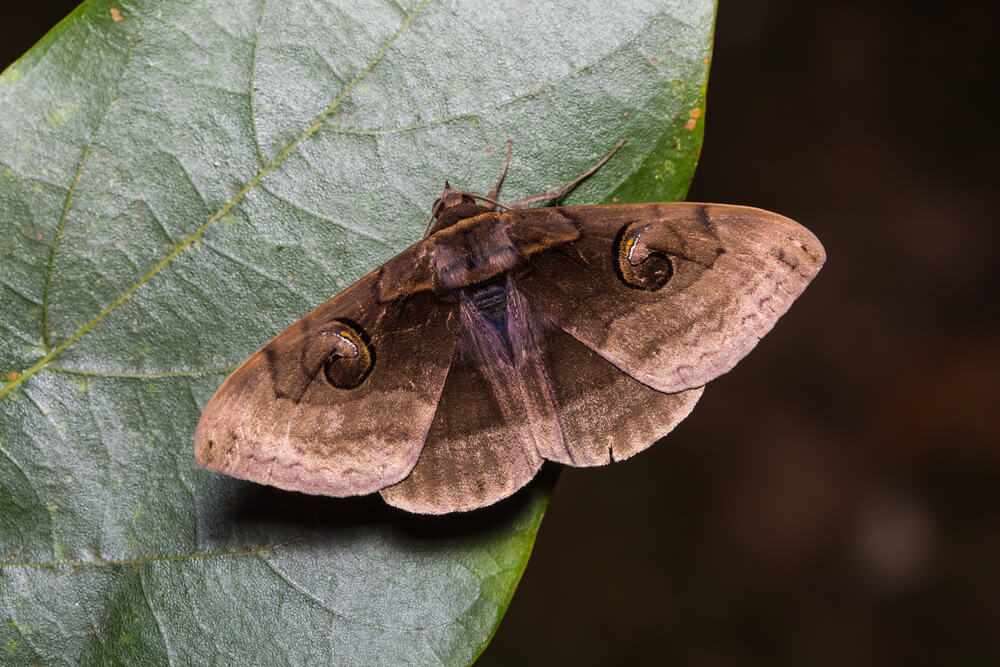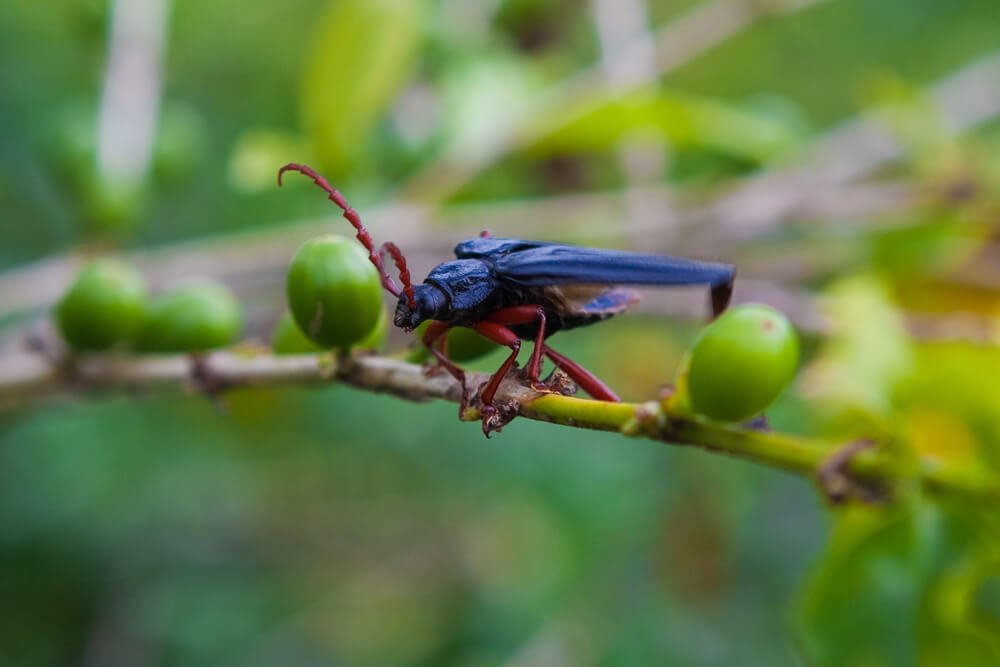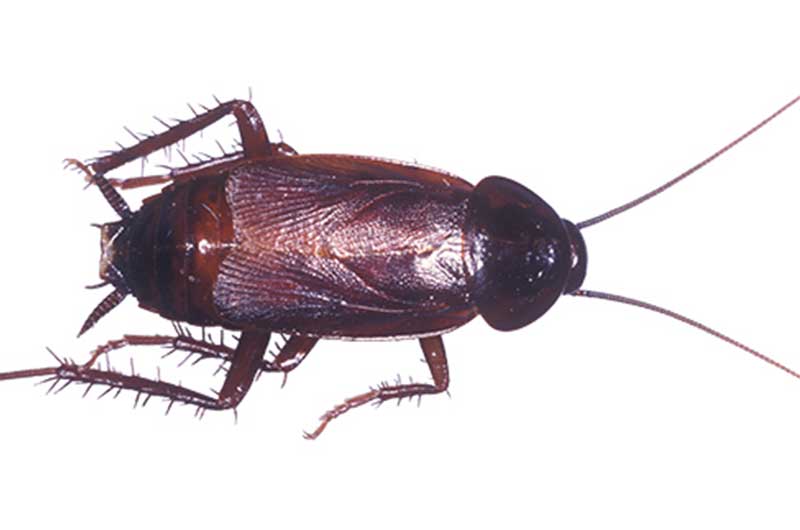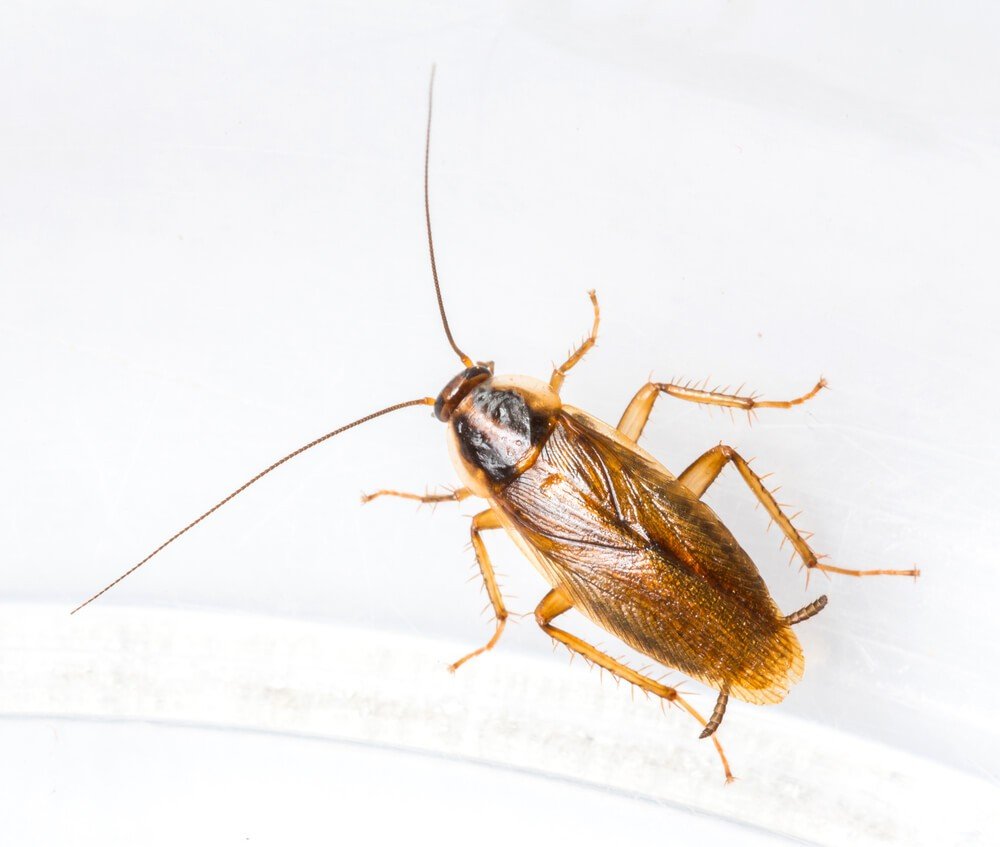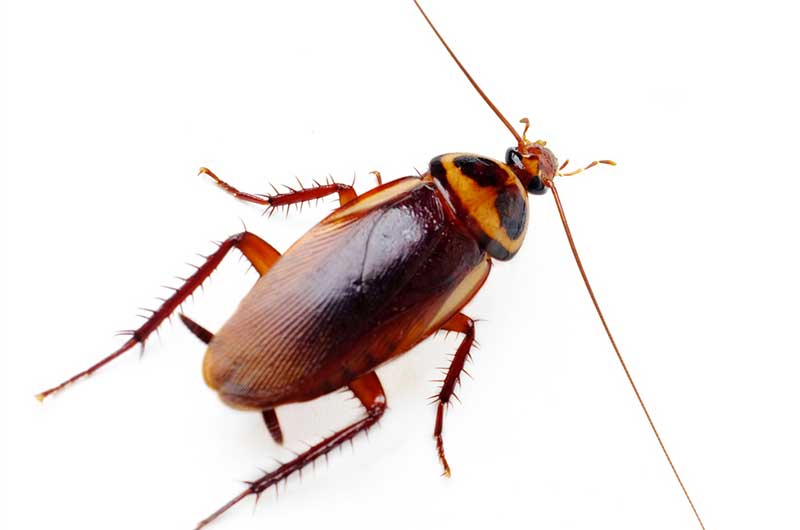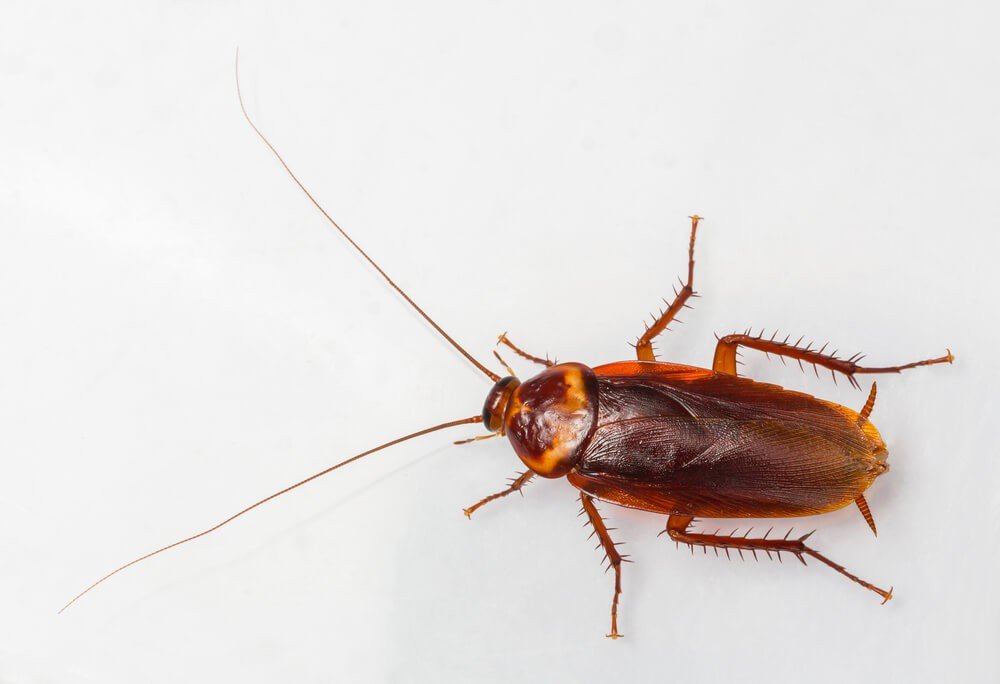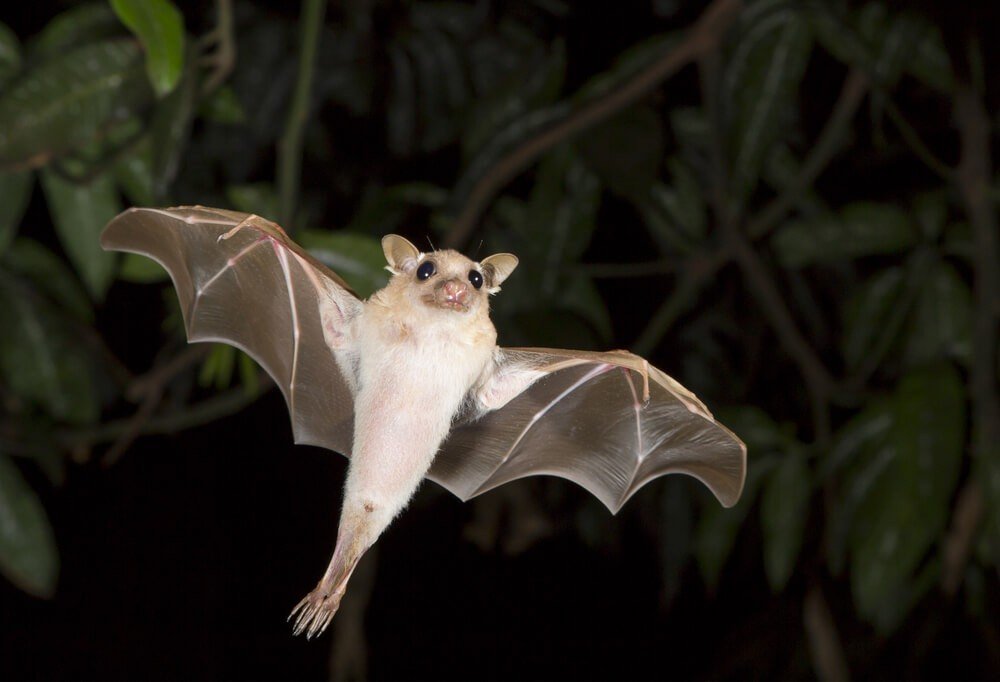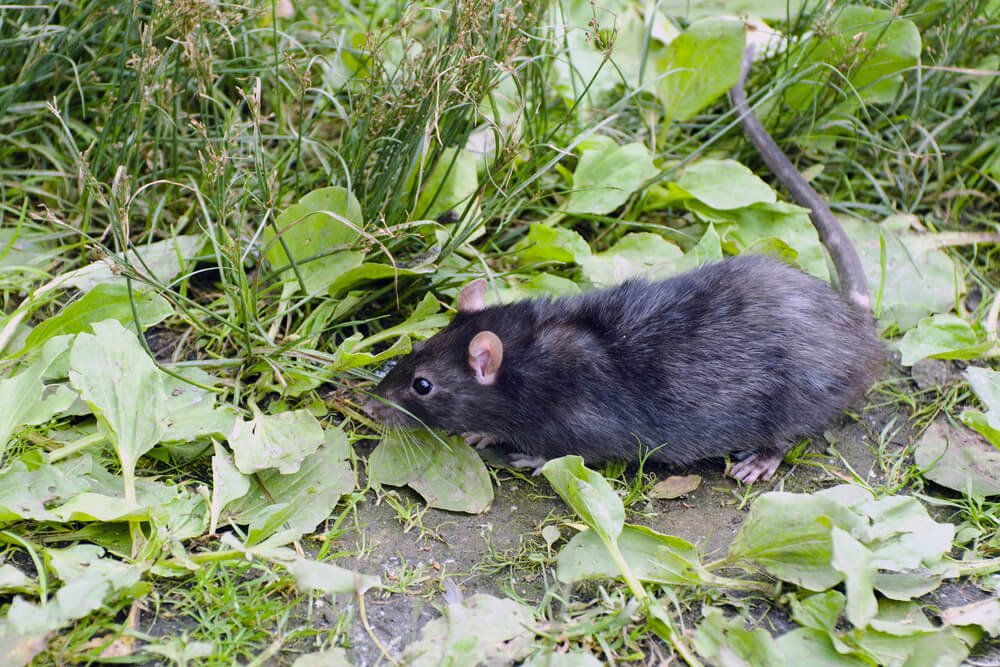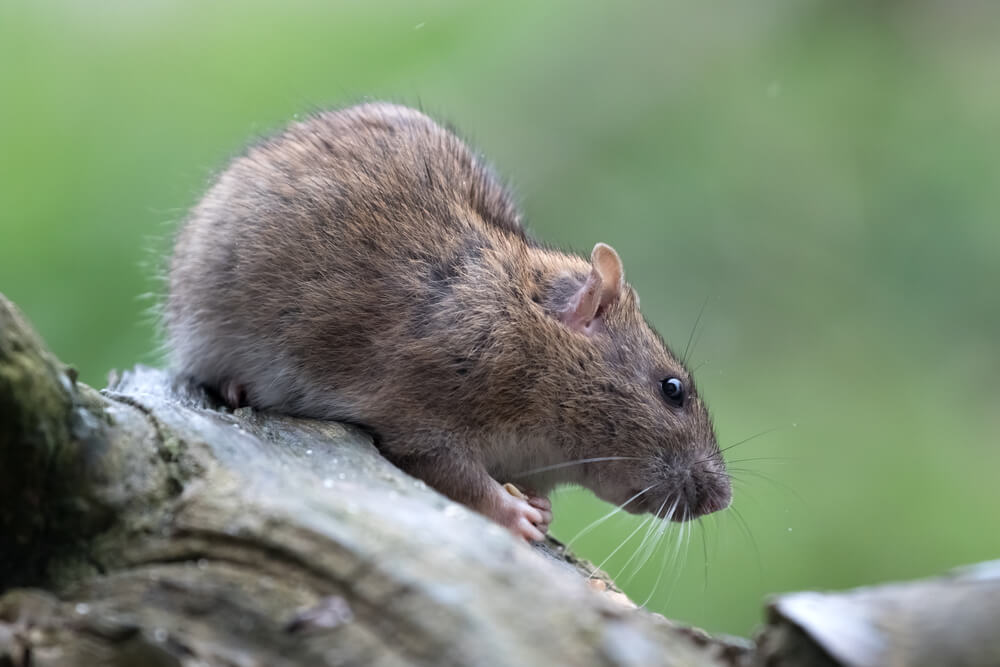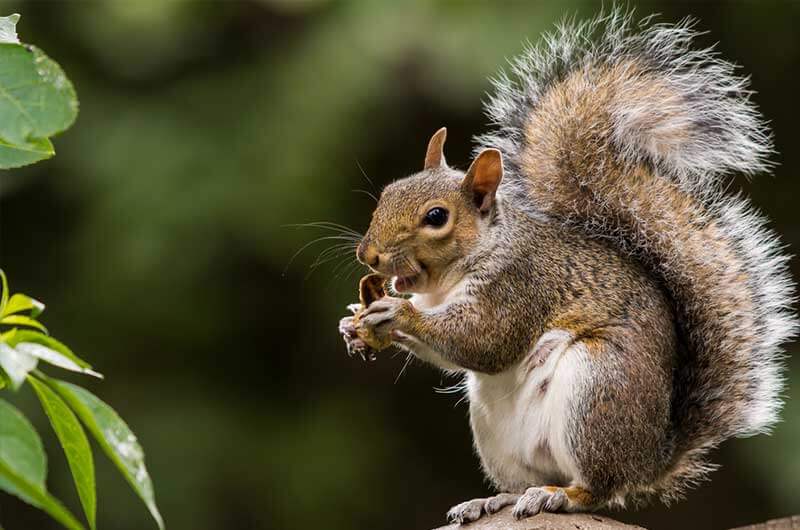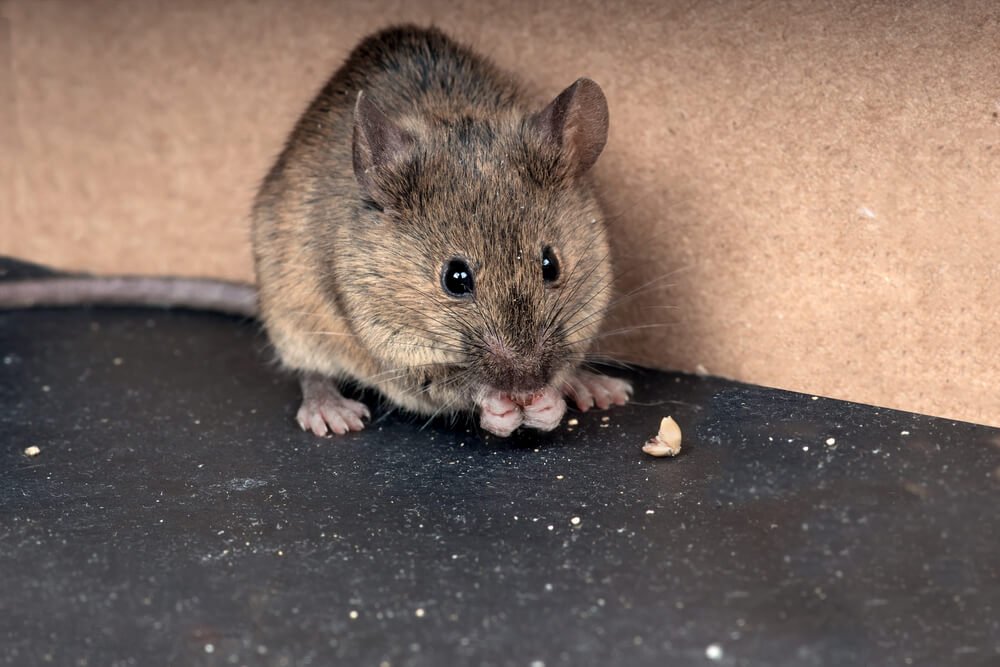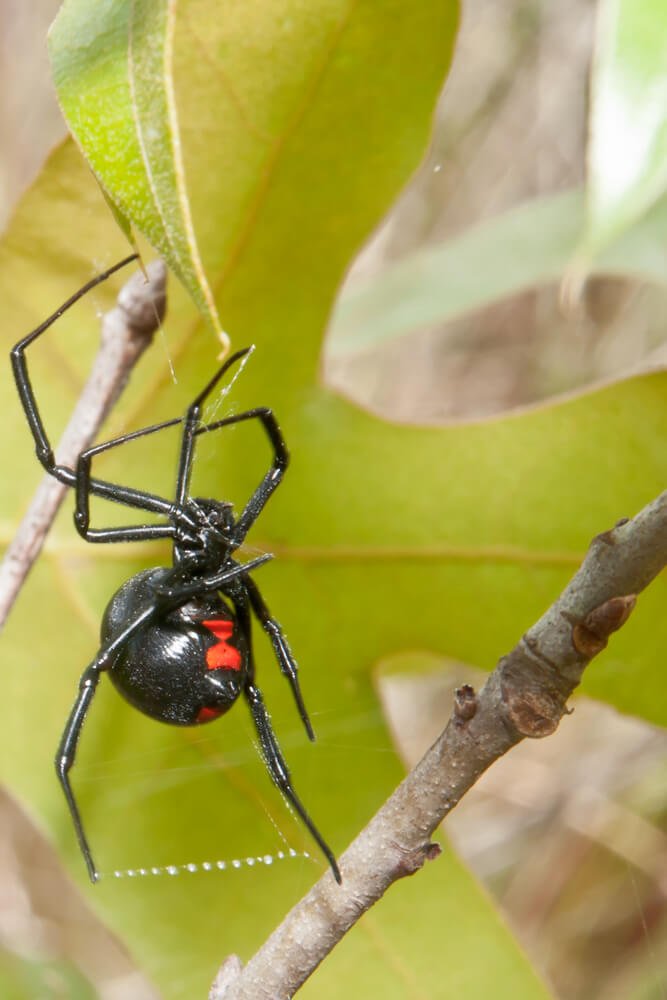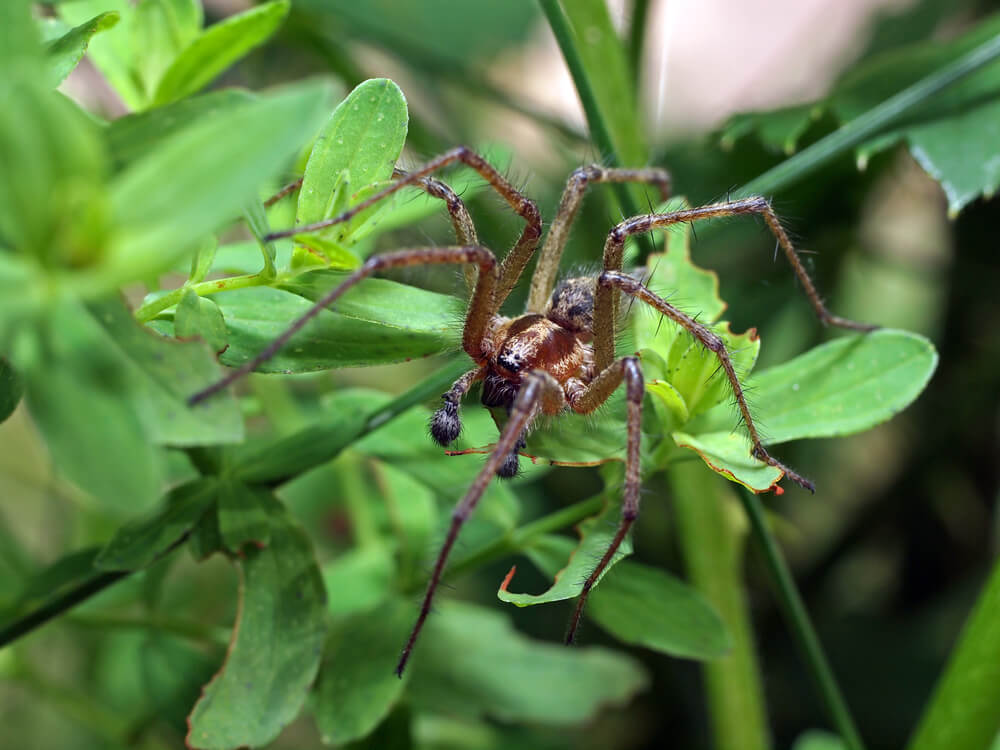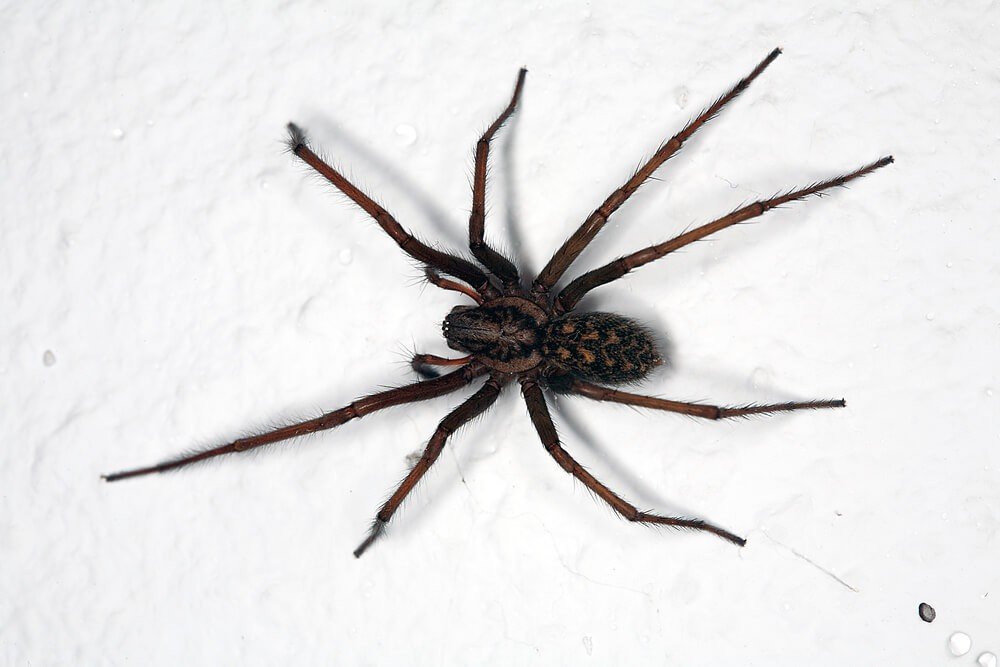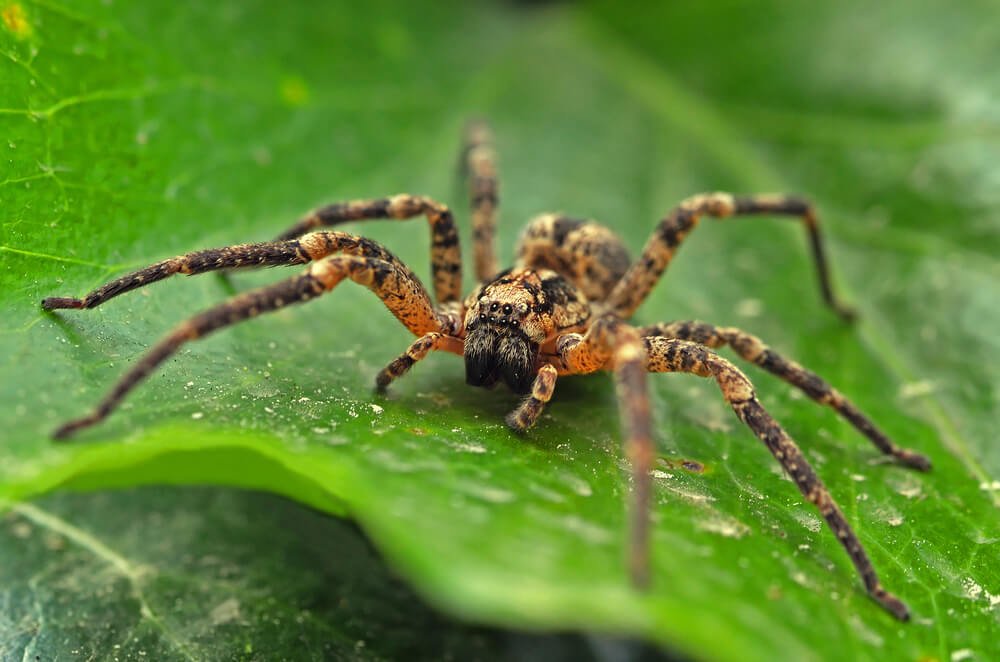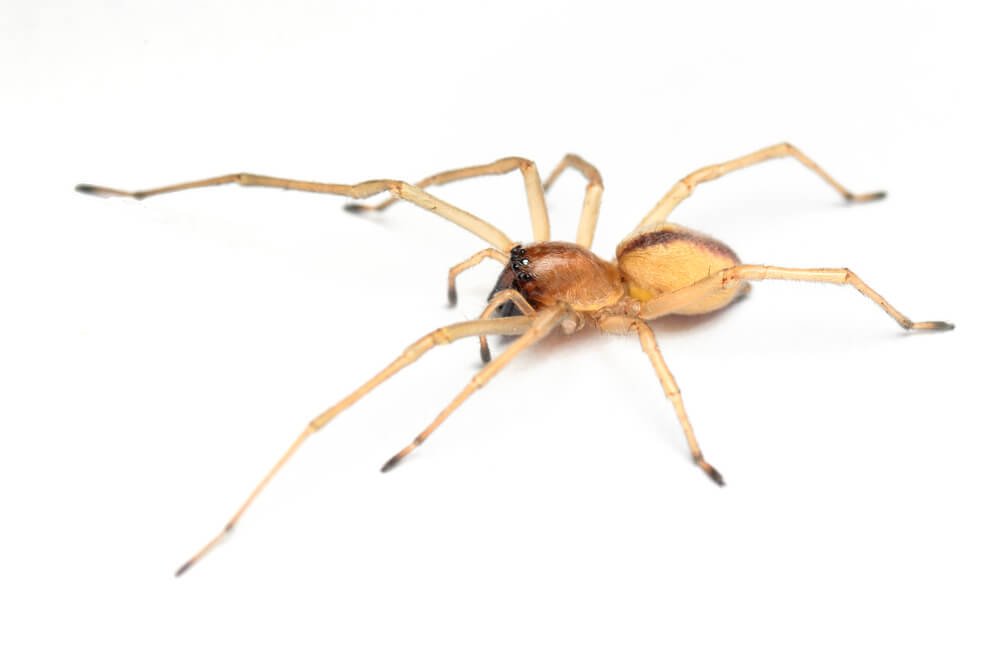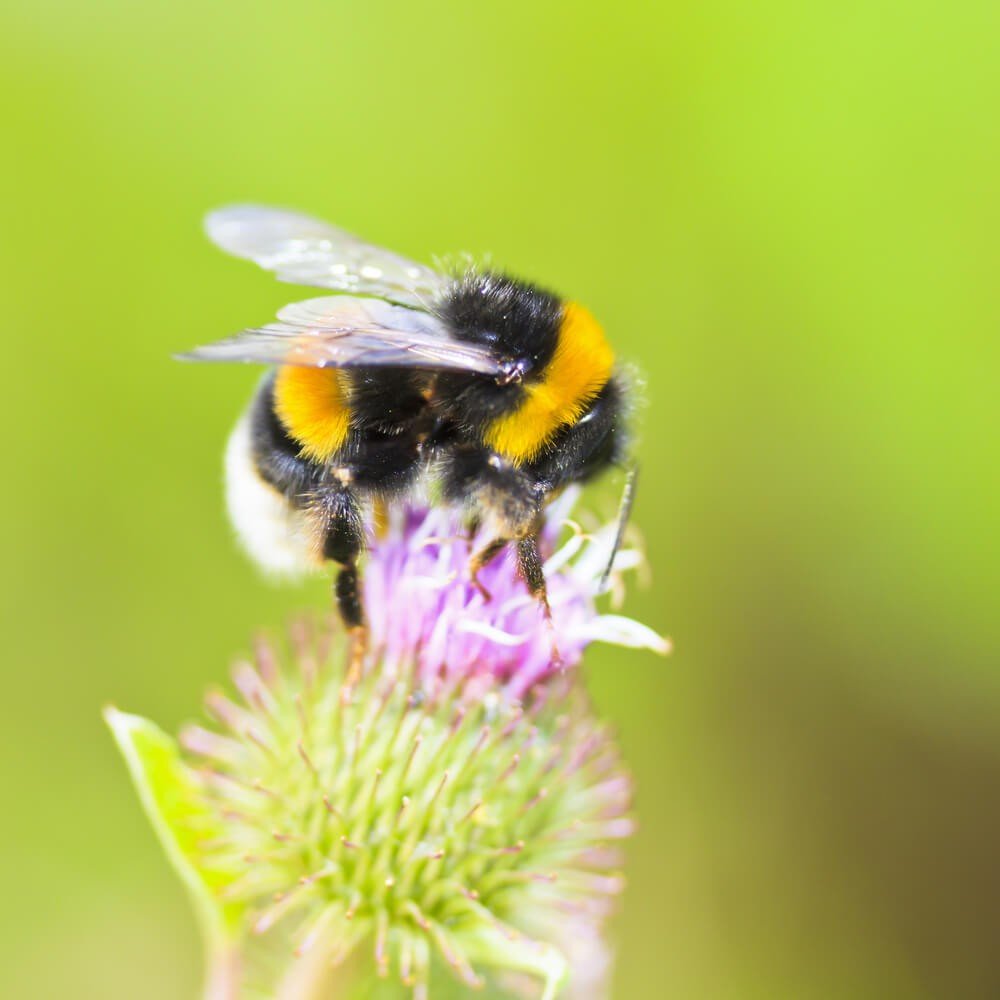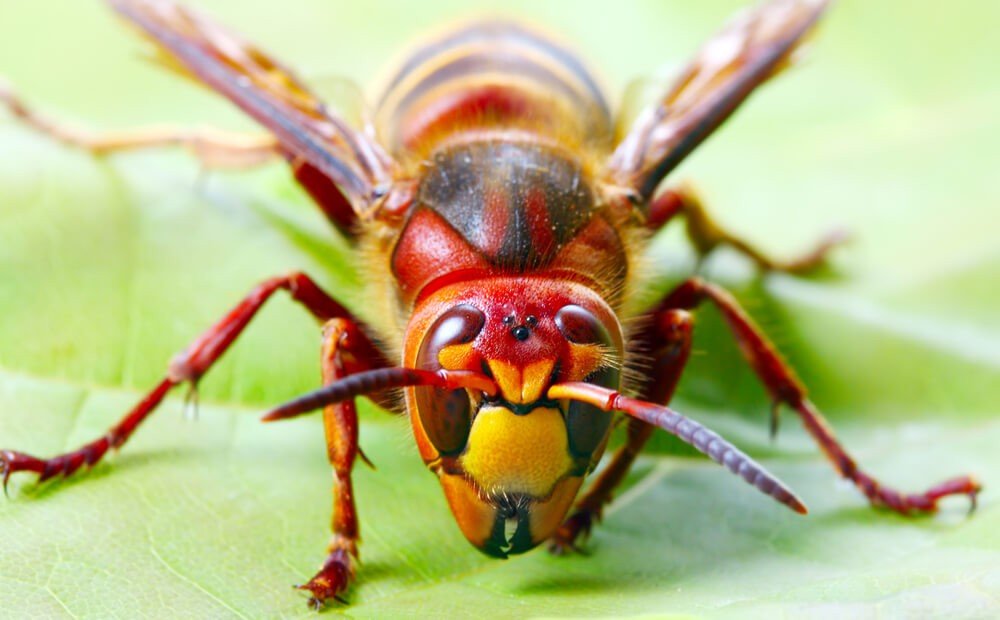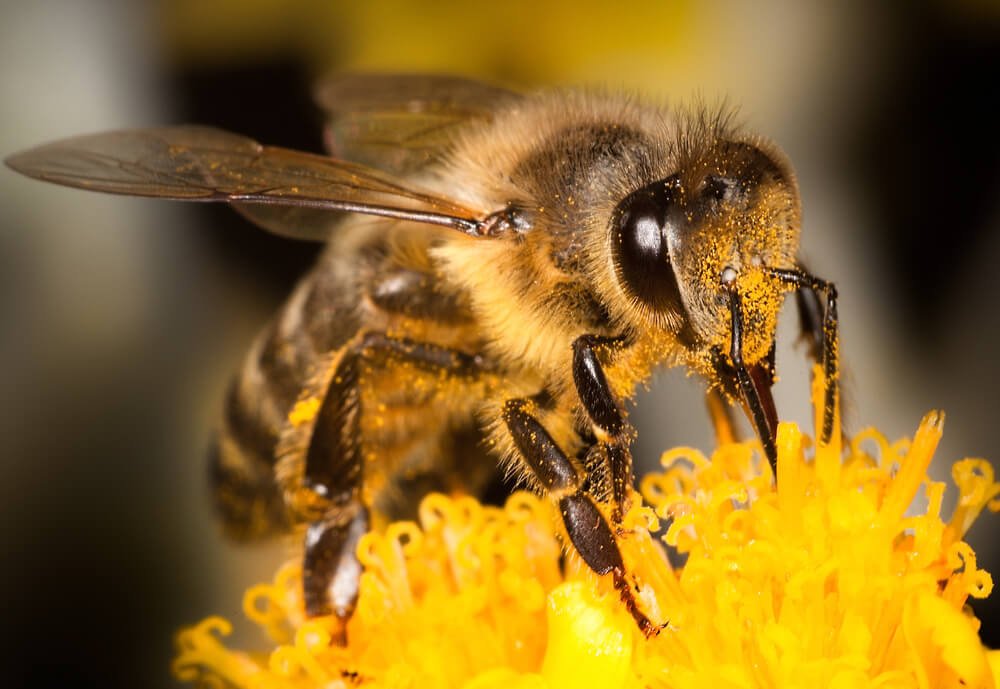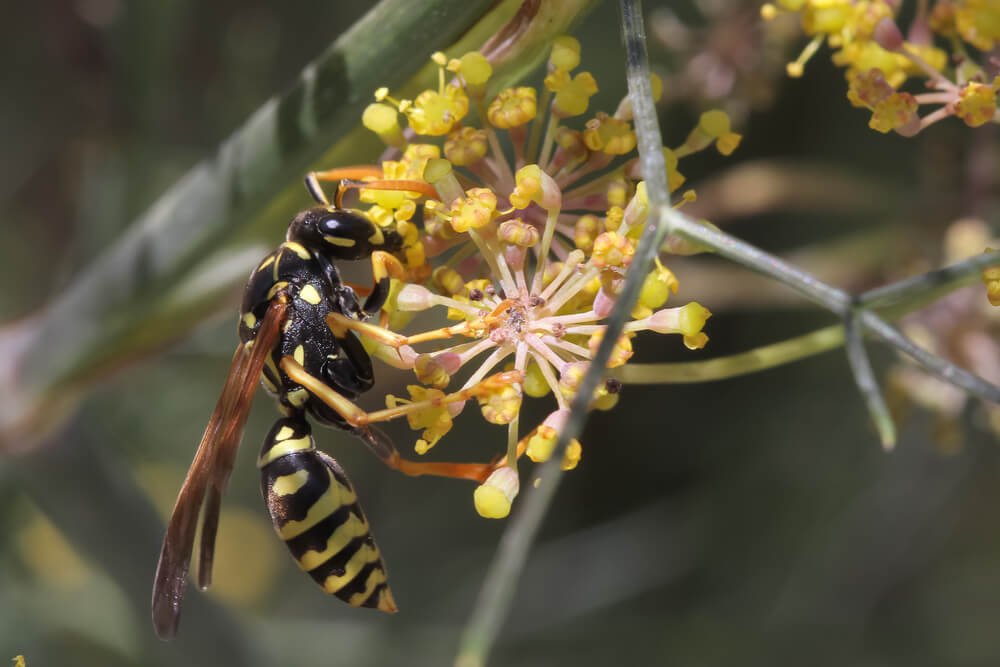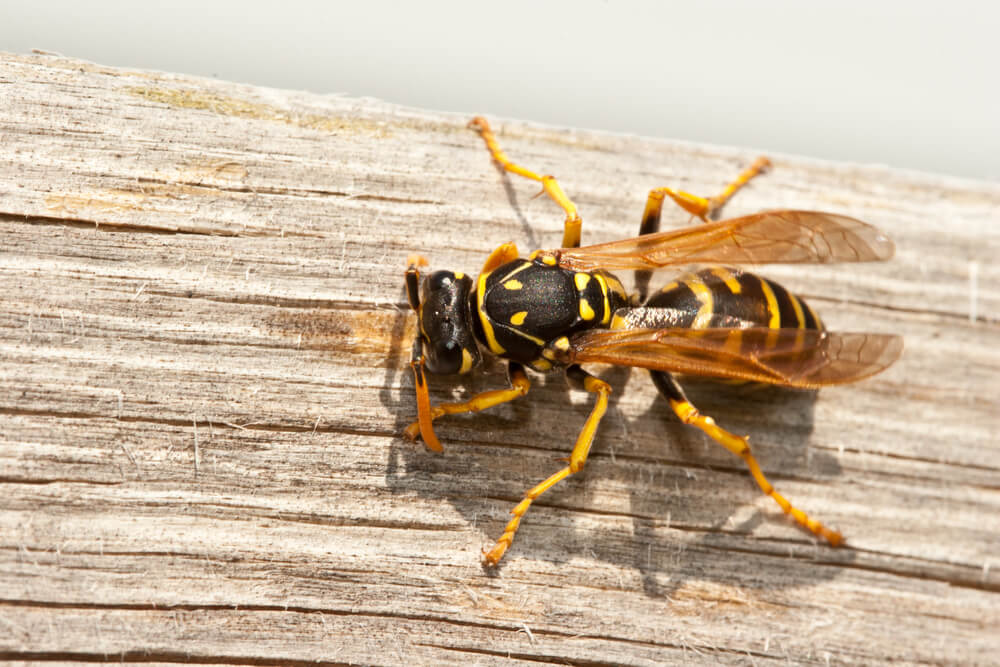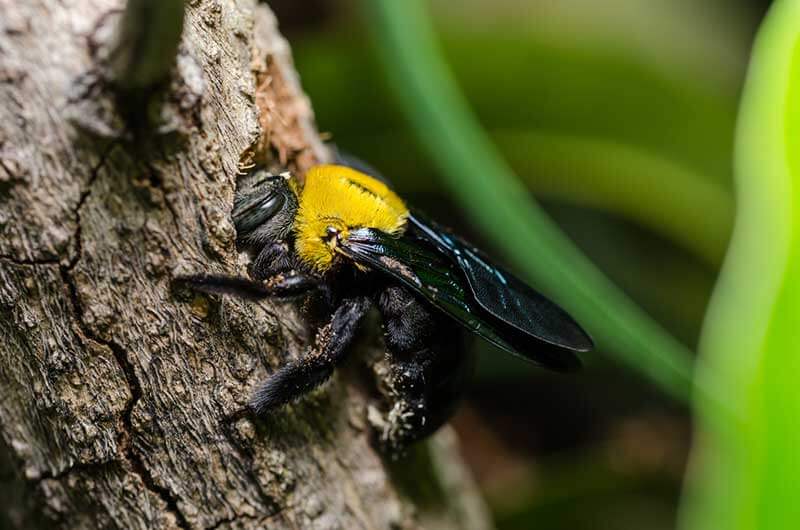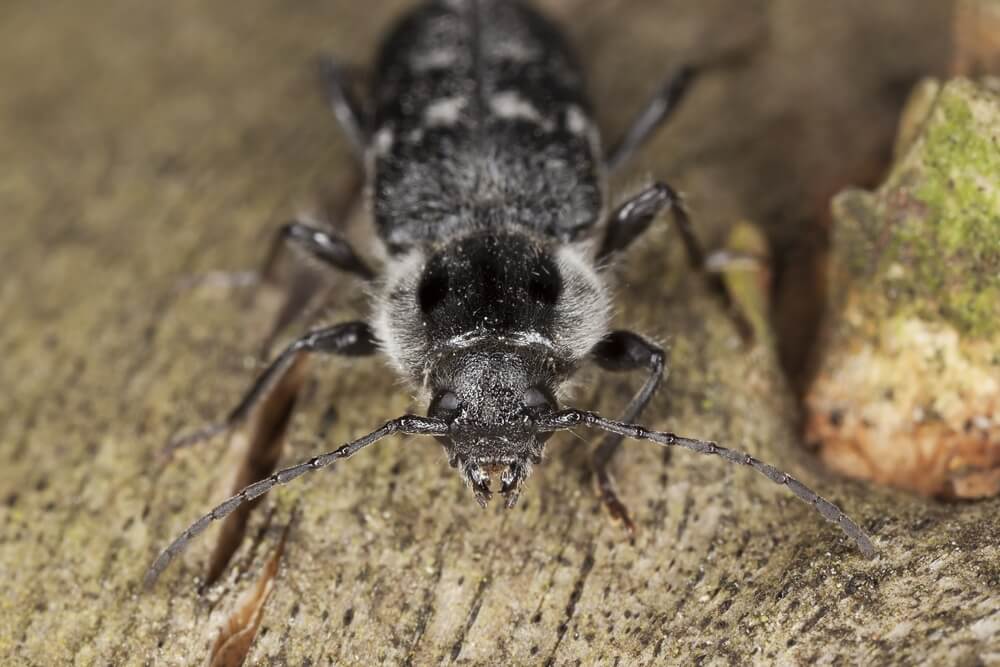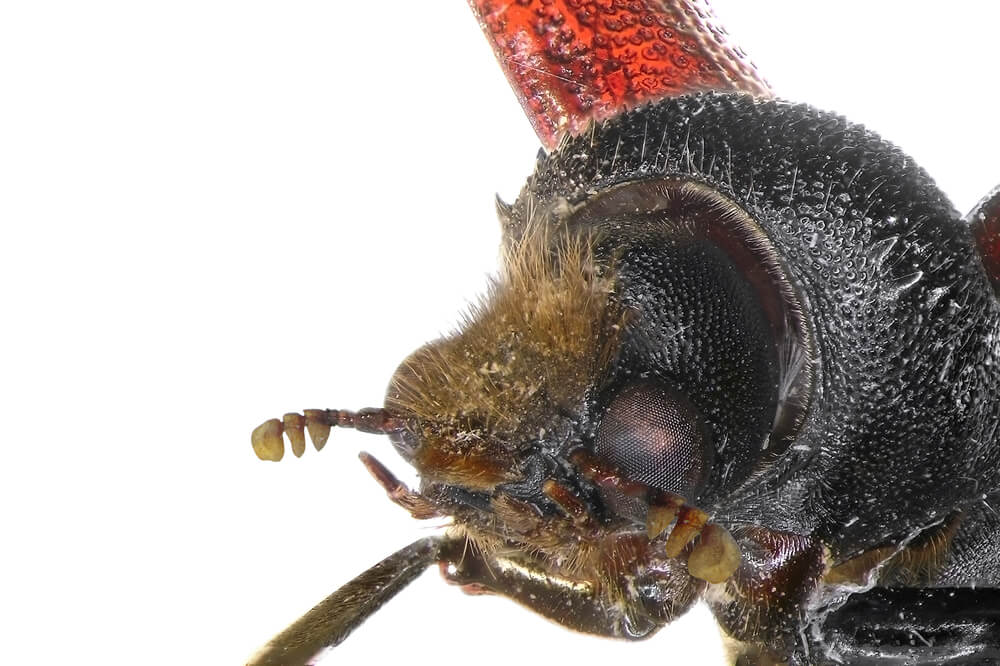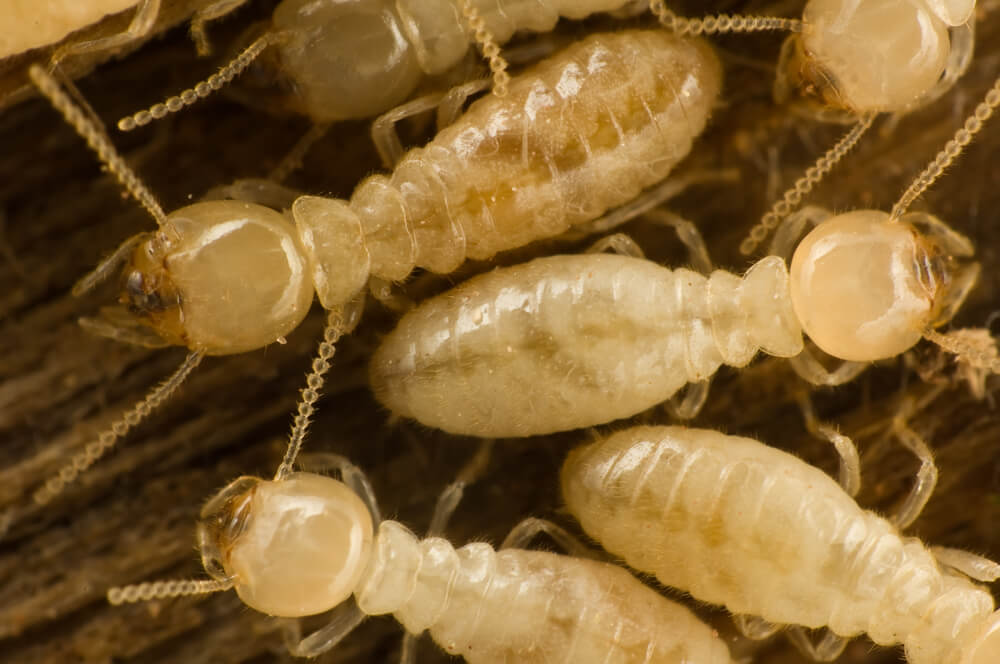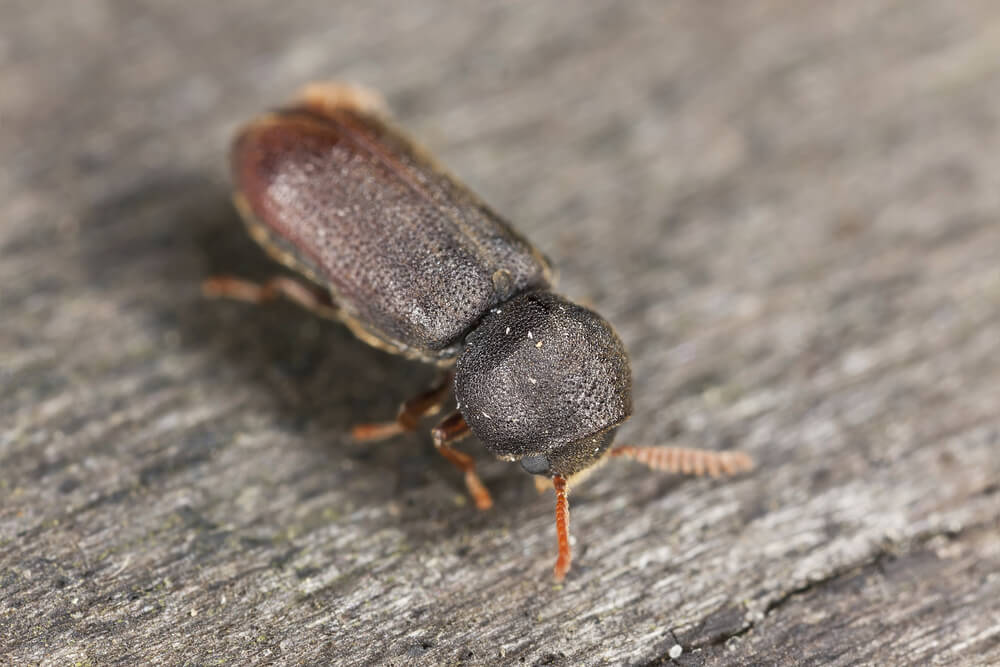How to Keep Your Crawl Space From Becoming a Pest Hotel
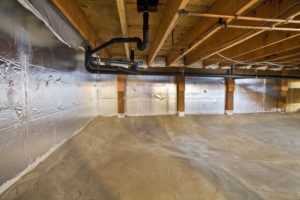 When you look for a hotel, you probably look for amenities like a comfortable bed, a pool, and good room service. Pests are not nearly as picky. In fact, the more damp and musty the space, the more attractive they’ll find it. Your crawl space, for example, may appear to be the perfect hotel for insects, rodents, and other pests — especially as they seek shelter from the cold this winter.
When you look for a hotel, you probably look for amenities like a comfortable bed, a pool, and good room service. Pests are not nearly as picky. In fact, the more damp and musty the space, the more attractive they’ll find it. Your crawl space, for example, may appear to be the perfect hotel for insects, rodents, and other pests — especially as they seek shelter from the cold this winter.
What Pests May Take up Residence in Your Crawl Space?
This time of year, almost any animal or insect that seeks shelter may find its way into your crawl space. Some of the most common crawl space invaders include termites, cockroaches, spiders, silverfish, rats, and mice. Less often, homeowners also find larger pests, like raccoons and possums, in their crawl spaces.
Each of these pests presents its own set of risks. Cockroaches emit foul odors and spread disease. Termites may chew the wooden structures in your home to bits, and mice contaminate surfaces with their feces while chewing apart your insulation to create nests. Raccoons spread rabies, and possums may bring ticks or fleas into your home.
How Do You Keep Pests Out of Your Crawl Space?
Here are a few steps you can take today — or this weekend — to make your crawl space less appealing to the above-mentioned pests.
Seal Cracks and Holes With Foam
The tiniest crack or hole in your crawl space walls can serve as an entryway for cockroaches and other bugs. Mice and rats can squeeze themselves through surprisingly small gaps, too. Purchase a can of spray foam insulation, and use it to fill in any holes or cracks you see in your crawl space walls. Spray foam is a smarter choice than caulk since it will expand to fill larger gaps; caulk will only fill narrow cracks.
Trim Brush and Bushes
If the exterior of your home along the crawl space area is overgrown with brush and bushes, pests may initially seek shelter within the brush — and then find their way into your crawl space soon after. Since most bushes are dormant and most weeds are dead in the winter, you should be able to clear the area quite easily with a pair of branch trimmers.
Plug in the Dehumidifier
People often associate winter with dry air, but this is not necessarily true in the crawl space. In fact, bugs and other pests may enter the damp crawl space as a way of escaping the dry outdoor air. Plug in and turn on a portable dehumidifier to remove excess moisture from the air.
In addition to running a dehumidifier, trimming bushes, and plugging holes, you can take a few bigger steps to make your crawl space less appealing to pests:
- Have a concrete floor poured to prevent insects from burrowing up through the soil.
- Have a vapor barrier applied to the crawl space floor, walls, and ceilings to keep moisture away.
- Hire a pest control company to set traps for rodents outdoors, eradicating them before they have a chance to find their way into your home.
Some of these bigger projects are best left until spring. But never fear — they will keep your crawl space pest-free all year long, not just in the winter.
What Are Signs of a Pest Infestation in Your Crawl Space?
Sometimes, in spite of your best efforts, pests still find a way to sneak into your crawl space. Make a habit of checking your crawl space every week or two so that if pests are present, you detect them promptly. Here are some common signs of pests in your crawl space:
- Droppings: Mouse droppings are about 3–8 millimeters long. Rat droppings are a bit larger.
- Shreds of insulation: These could be left behind by mice, rats, or even possums nesting in your crawl space walls.
- Chew marks: Gnaw marks on wood could be left by mice, rat, or even termites.
- Odors: A foul odor could be due to cockroaches, raccoons, rats, or almost any other pest.
What Are Other Reasons Why I Should Encapsulate my Crawl Space?
As much as 50% of the air you breathe on the first floor of your home comes from the crawl space. Damp, musty air constantly drawn into your home from your crawl space contributes to poor indoor air quality. The crawl space encapsulation program is designed to control high moisture conditions, eliminate mildew/musty smells from the crawl space, improve energy efficiency and improve air quality in your home.
When Should You Consider Having Your Crawl Space Encapsulated?
- MOISTURE DAMAGE IN THE CRAWL SPACE OR HOME
- MUSTY ODORS IN YOUR HOME
- VISIBLE CONDENSATION (SWEATING) ON AIR CONDITIONING DUCT WORK OR EQUIPMENT IN CRAWL SPACE
- CONDENSATION ON INSULATION, WATER PIPES, OR TRUSS PLATES IN THE CRAWL SPACE
- HIGH HUMIDITY IN LIVING AREA
- INSECT INFESTATIONS
- ROT IN WOOD FRAMING
- SWELLING, SOFT AND/OR SEPARATING FLOORS
- EXPERIENCING HIGH COOLING COSTS.
- SWEATING WINDOWS
Your crawl space is not a hotel! If you do suspect pests have turned your crawl space into a hotel, contact PermaTreat Pest and Termite Control. We have experience with a wide range of pests, from termites to rodents.






